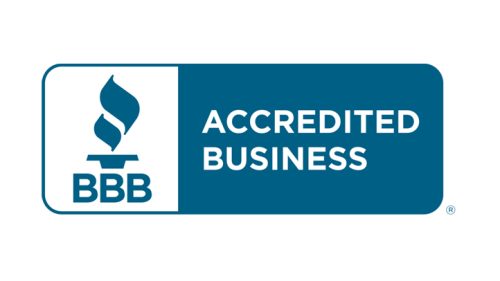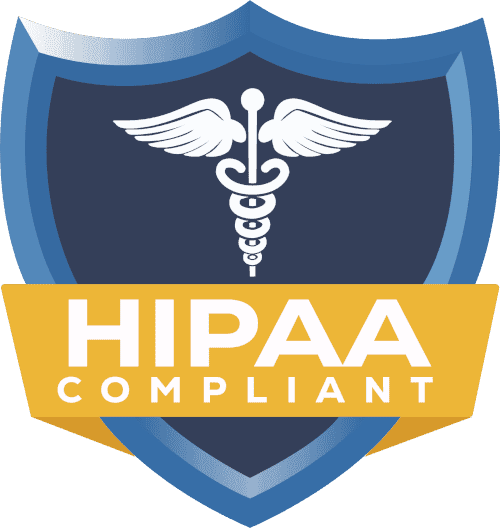
CAQH (Council for Affordable Quality Healthcare) plays a crucial role in insurance reimbursements and medical billing by ensuring that providers have accurate and up-to-date credentialing. Insurance payers use CAQH to verify provider credentials and any errors or outdated information can result in delayed payments, claim denials, and administrative roadblocks.
In this blog, we’ll explore how CAQH impacts insurance reimbursements and billing, the challenges providers face, and best practices to keep an updated and maintain your CAQH profile for seamless claims processing.
1. The Role of CAQH in Insurance Reimbursements
How CAQH Connects to Insurance Payers
CAQH acts as a centralized database that insurance companies use to verify provider credentials before processing claims. When a healthcare provider submits a claim, the insurance payer checks CAQH for the following:
- Licensure and certifications (ensuring the provider is legally eligible to practice).
- NPI (National Provider Identifier) and Tax ID validation.
- Practice location verification (to confirm the provider’s legitimacy).
- Malpractice insurance coverage (to ensure liability compliance).
If any of this information is missing or incorrect, reimbursements can be delayed or denied.
2. How Outdated CAQH Profiles Lead to Reimbursement Delays
Common Issues That Cause Payment Delays
Many providers face billing and reimbursement problems due to outdated CAQH profiles. Some of the most common issues include:
🚨 Expired medical licenses – If a provider’s license is not renewed on CAQH, payers may reject claims.
⚠️ Unattested CAQH profiles – Payers require providers to attest their CAQH information every 120 days; failure to do so can cause payment holds.
🔍 Incorrect NPI or practice details – Mismatched provider information between CAQH and insurance claims systems can trigger denials.
📄 Lapsed malpractice insurance – Payers require proof of coverage; missing or expired documentation can halt payments.
How This Affects Cash Flow
If claims are denied due to credentialing issues, providers may have to resubmit claims, appeal denials, or wait longer for approval, which disrupts cash flow and increases administrative burdens.
At Credex Healthcare, we have handled numerous cases where incorrect CAQH profiles led to significant revenue loss for providers.
3. Best Practices for Maintaining Updated CAQH Information
To avoid reimbursement delays and billing complications, follow these best practices:
🗂️ Regular Profile Updates
- Log in to CAQH every 90 days to check for expiring credentials.
- Update practice addresses, affiliations, and certifications promptly.
⏰ Timely Attestation
- CAQH requires providers to attest their profiles every 120 days.
- Set automated reminders to ensure attestation is never missed.
📊 Ensure Consistency Across Databases
- Verify that CAQH data matches what is listed with insurance payers, Medicare, and state licensing boards.
- Avoid discrepancies in NPI, Tax ID, and personal details.
📌 Monitor Insurance Carrier Requests
- Some insurance carriers may require additional credentialing beyond CAQH.
- Keep track of payer-specific requests to avoid claim denials.
👨💼 Use a Credentialing Specialist
- Having a credentialing team or specialist can help manage CAQH profiles efficiently.
- They ensure compliance with insurance requirements and billing regulations.
4. The Impact of Credentialing Delays on Medical Billing
How Credentialing Delays Cause Revenue Loss
If a provider is not fully credentialed with an insurance payer:
⚠️ Claims submitted before credentialing approval will be denied.
🚫 Backdated credentialing may not always be allowed, meaning the provider loses revenue.
💰 Delayed payments can create financial strain for both providers and healthcare facilities.
How to Prevent These Issues
⏳ Start credentialing 90-120 days before joining a new practice or insurance panel.
📞 Follow up with payers to ensure credentialing applications are processed timely.
🔔 Use CAQH alerts to check for pending credentialing updates.
5. How CAQH Helps Reduce Administrative Burdens in Billing
Efficiency in Data Sharing
- CAQH ProView allows multiple insurance payers to access provider credentials without requiring separate submissions.
- This reduces repetitive paperwork and minimizes errors in provider information.
Faster Insurance Approvals
- Many insurance companies auto-approve credentialing if CAQH profiles are complete.
- This speeds up the enrollment process and enables quicker reimbursements.
Automated Data Verification
- CAQH integrates with state licensing boards, NPI databases, and federal healthcare agencies.
- This ensures accuracy in billing details and claims submissions.
If you’re struggling with insurance claim delays due to CAQH issues, let Credex Healthcare take care of the credentialing for you. We’ll ensure that your profile remains error-free, attested, and fully compliant with payer requirements.
Conclusion
Maintaining an accurate and up-to-date CAQH profile is critical for smooth insurance reimbursements and medical billing. Providers who neglect CAQH updates may face delayed payments, denied claims, and revenue loss.
To prevent credentialing-related billing issues, providers must:
✅ Update CAQH profiles every 90 days.
📌 Ensure accurate and complete information.
🕒 Attest to CAQH every 120 days.
🔎 Monitor insurance payer credentialing requirements.
By staying proactive with CAQH, providers can ensure seamless credentialing, faster reimbursements, and better financial stability. With Credex Healthcare’s credentialing expertise, you can focus on patient care while we handle the complexities of CAQH profile management and insurance enrollments.
📞 Need assistance with CAQH and credentialing? Contact Credex Healthcare today for a consultation!



















